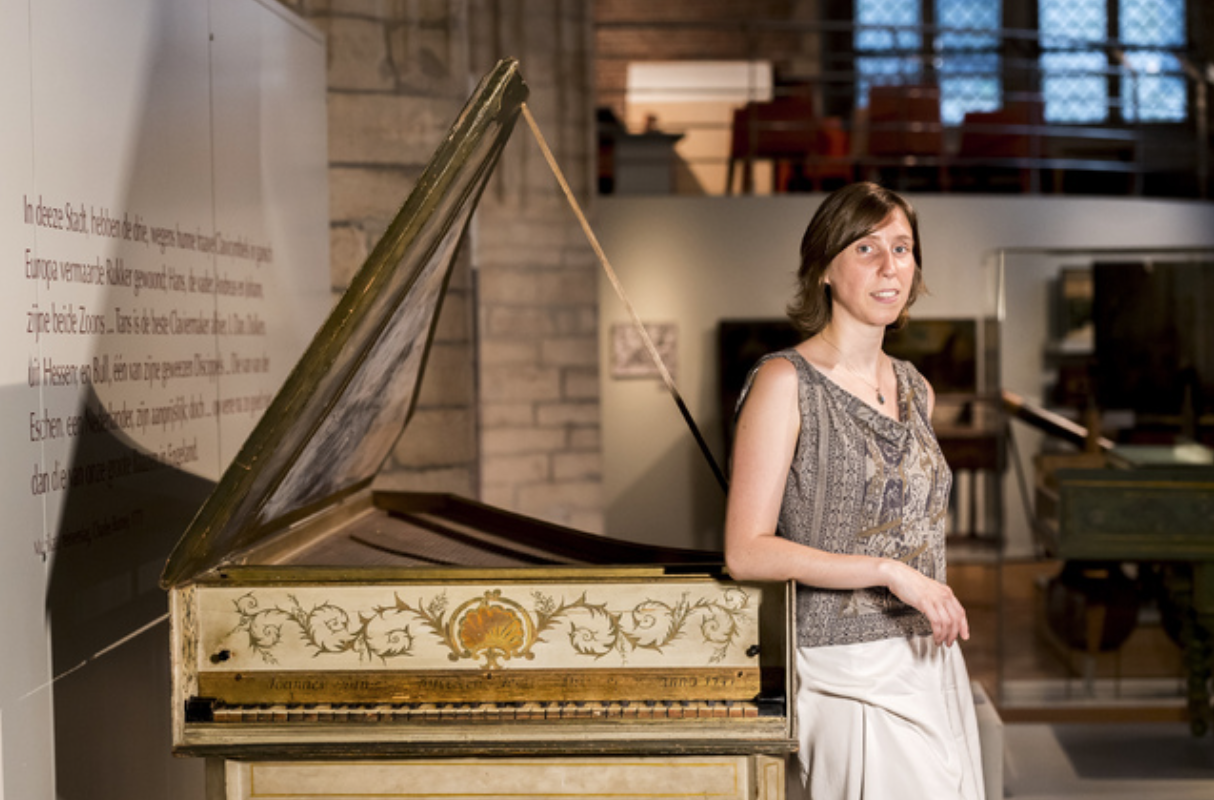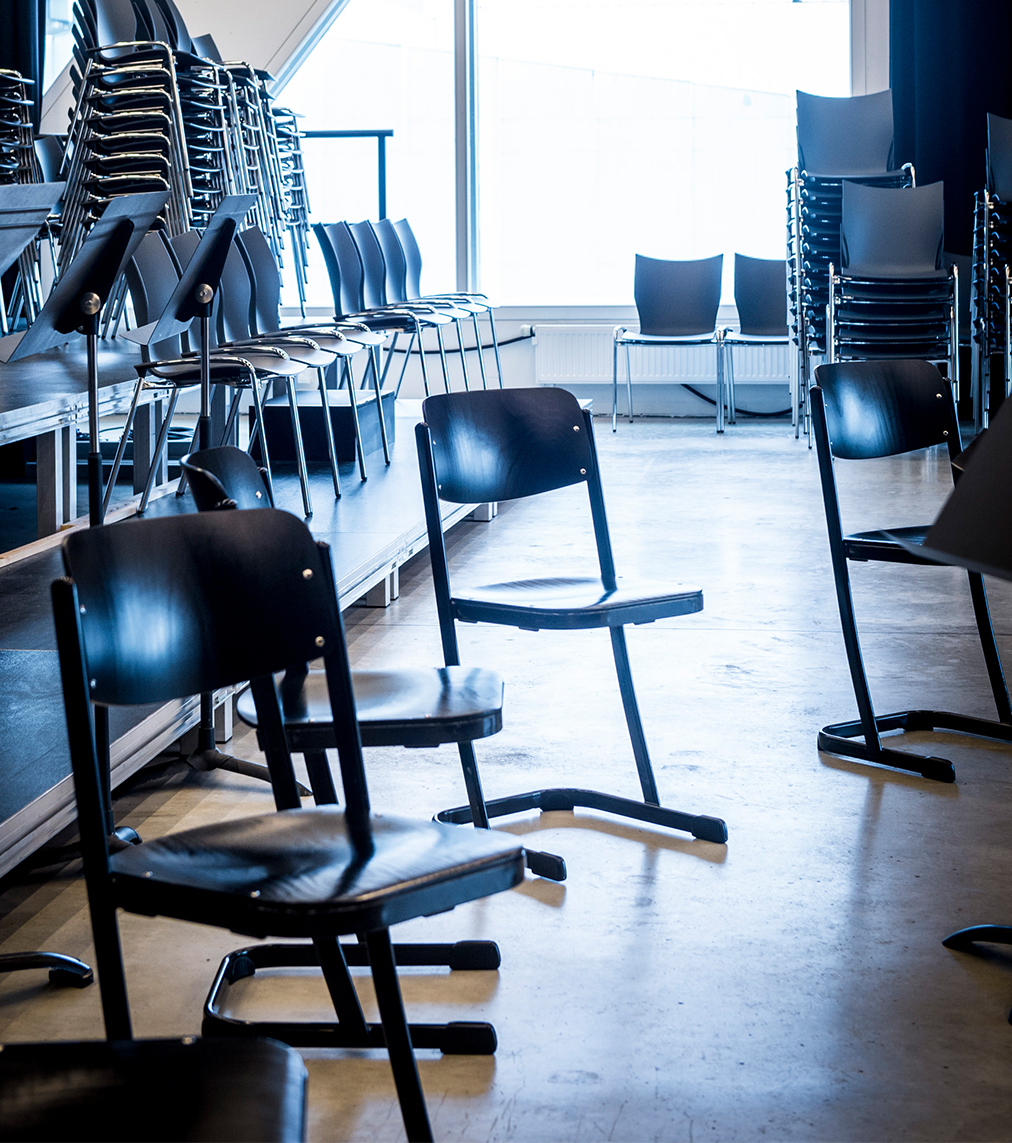Between 1400 and 1550, Flanders and by extension the Low Countries played a leading role in the development of Western polyphony. The music and musical life at the Antwerp Church of Our Lady (1370-1530), situated within a broad West-European context, forms the starting point for this new practice-oriented research project. We aim at giving a substantive impulse for the reintroduction and integration of polyphony into the conservatory programme, in the form of an artistic project. In this way, we want to initiate or reinforce the connection between past and present, theory and practice, the written and the improvised, research and education.
We consider polyphony in a broad sense, in all its possible diversity, and in an autonomous way. This broad interpretation of the concept of ‘polyphony’, which we will also further explore, exponentially increases the spectrum of possible ‘polyphonic’ manifestations. Via a multidisciplinary approach, this potential is introduced in several disciplines and courses of the conservatoire.
This project offers opportunities for innovation within instrument and composition education, but also within theoretical subjects, improvisation, and even jazz, dance and drama. We favour experiment (a kind of reasoned process of trial and error), in which the path travelled (the learning process) is just as important as the goal (a formal end product).
(Image: ‘Drei Subjecte, polyphon’, Paul Klee, 1931)






